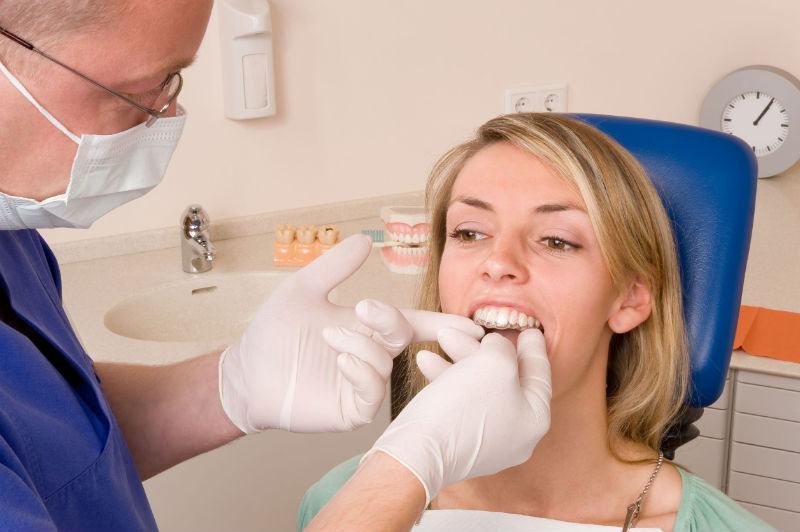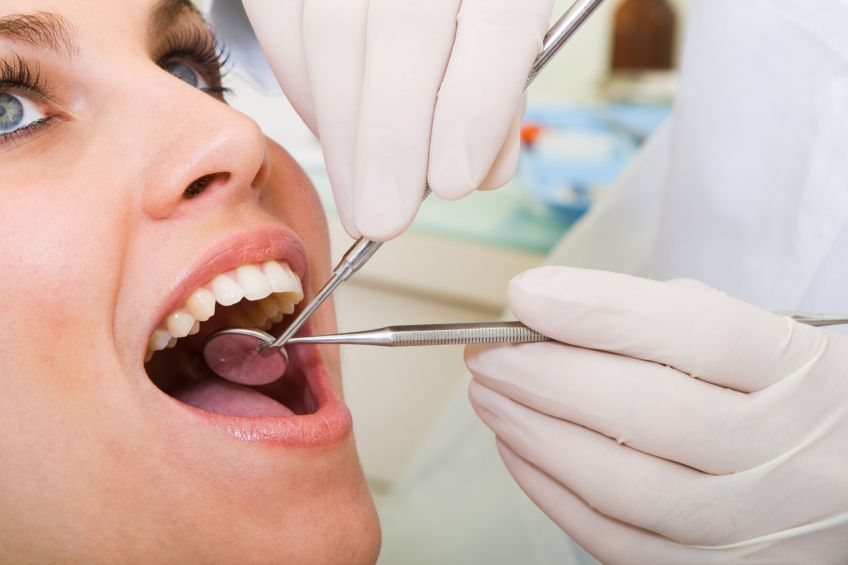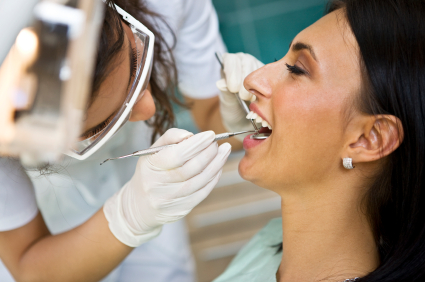Veneers are thin porcelain sheet with a thickness of 0.5 to 0.7 mm, covering the front surface of the teeth. Porcelain veneers are one of the most recent advances in modern dentistry. They are used to improve the appearance of teeth. If you want to improve your smile due to cracks or chips, talk with your Cosmetic Dentist about veneers.
Advantages of porcelain veneers
Veneers, compared to other types of dental restorations, have two major advantages. One is that they give the tooth a natural look. Until recently, all materials used by dentists designed to improve the appearance of restored teeth were opaque or translucent. This means that the light falling on the surface of such materials were immediately reflected from the surface without penetrating deep into the dentin. This was not allowed to achieve complete similarity with natural teeth.
Porcelain veneers main advantage, in comparison with all other materials, is their transparency. Light striking on the surface of the porcelain veneer penetrates to a certain depth into the porcelain, and is reflected from the opaque cement and tooth structure to which it is attached. Its quality is so profound that no one can tell the difference from the adjacent natural teeth. With porcelain veneers, there are no spots because porcelain is a ceramic, vitreous material that is smooth and impermeable. This means that the surface does not stain or discolor.
Disadvantages of porcelain veneers
One of the main disadvantages of veneers is that they break down. In this case, it is replaced with a new one. If the veneer falls off the tooth, it can be re-glued it to the tooth. Seeing your Cosmetic Dentist, in this case, is very important.
Reasons to have veneers put on
Discolored teeth;
Poor aesthetics of old fillings;
Tooth trauma, accompanied by hemorrhaging;
Prior tetracycline or minocycline use;
Hypoplasia, or fluorosis;
Mineralization issues;
Multiple pigmented enamel cracks;
Caries III, IV, V classes and combinations thereof;
Erosion, necrosis enamel wedge-shaped defects;
Pathological vertical abrasion of hard dental tissues;
Anomaly forms;
Diastema (gaps between teeth);
Tooth position outside the arc;
Tooth mobility in periodontal disease; and/or
Technique facing the front surface of the teeth emerged as an alternative to all-ceramic crowns.
For more information, contact Smiles by Dr. Shrenna Clifton today.


